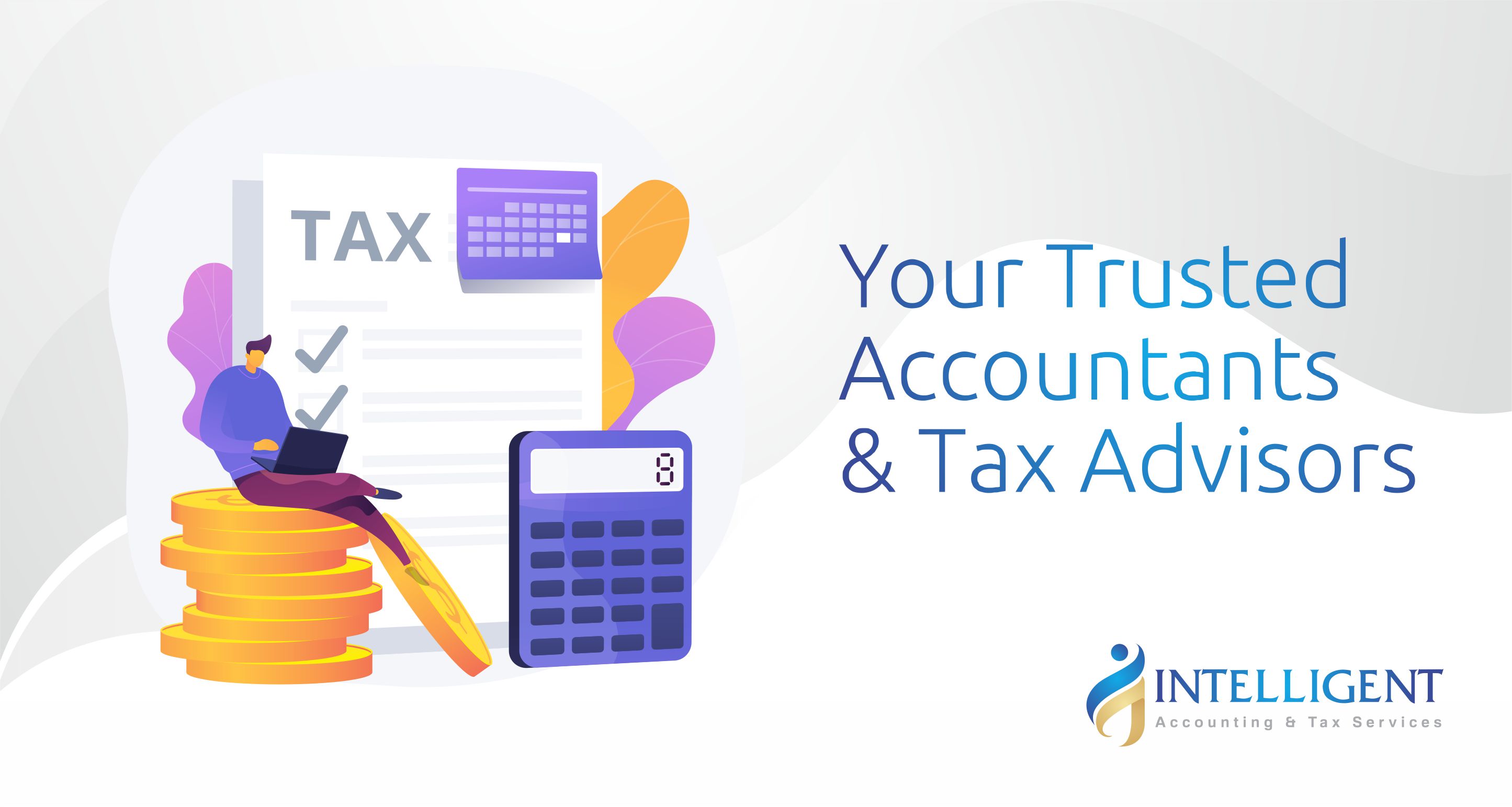When selling a property that you have used as your main residence, understanding how the Capital Gains Tax (CGT) exemption applies is crucial. The Australian tax law contains specific provisions that govern partial exemptions where the property was only your main residence for part of the ownership period or was used to produce income.
Partial Main Residence Exemption
Section 118-185(1) provides a partial CGT exemption when your property was first used to produce income before 20 August 1996. The exemption applies only proportionally, based on the number of days the property was your main residence versus the days it was not.
You qualify for a partial exemption if:
- You are an individual (not a trustee or company).
- The property was your main residence for only part of your ownership period.
- You did not acquire the interest as a beneficiary or trustee of a deceased estate.
The capital gain or loss you normally would have made is multiplied by the number of days the property was not your main residence divided by the total number of days you owned the property. This means the CGT applies proportionally to the period the dwelling was not your main residence.
Special Rule for Properties First Used to Produce Income After 20 August 1996
If your property was first used to produce income after 20 August 1996, a special “market value” rule applies. This rule treats your property as though it was acquired at its market value at the time it started producing income, rather than the original purchase price.
For example:
If you lived in your house for several years, then moved out and rented it starting after 20 August 1996, when you sell the property:
- You receive a partial main residence exemption for the time you occupied it as your home.
- The cost base for CGT calculations resets to the market value on the date the property became income-producing.
- You only pay tax on capital gains that accrue after it started producing income.
This rule contrasts with the older partial exemption applicable for properties first used to produce income before 20 August 1996, where the gain calculation is based on the original purchase price.
6-Year Absence Rule (Section 118-145)
- If your dwelling ceases to be your main residence, you may elect to treat it as your main residence for up to 6 years while it is used to produce income.
- If you subsequently move back in, another 6-year absence period can apply if you move out again.
- If the dwelling is not used to produce income during your absence, you can treat it as your main residence for an unlimited period.
Example:
Alexa lives in her house for 3 years, then is posted overseas for 5 years during which she rents it out. Upon returning, she lives there 2 years, then leaves again for 4 years renting it out. Finally, she moves back and stays 3 years before selling. Because each absence is less than 6 years, Alexa can treat the house as her main residence throughout, allowing her to fully exempt any
We have in house expertise in this area. Please reach out if you require tax advice on Capital Gains Tax related matters.
Disclaimer: The material and contents provided in this blog are general guide and informative in nature only. They are not intended to be seen as legal and tax advice. If expert assistance is required, you should seek your own advice for any legal, tax or investment issues raised in your affairs.

